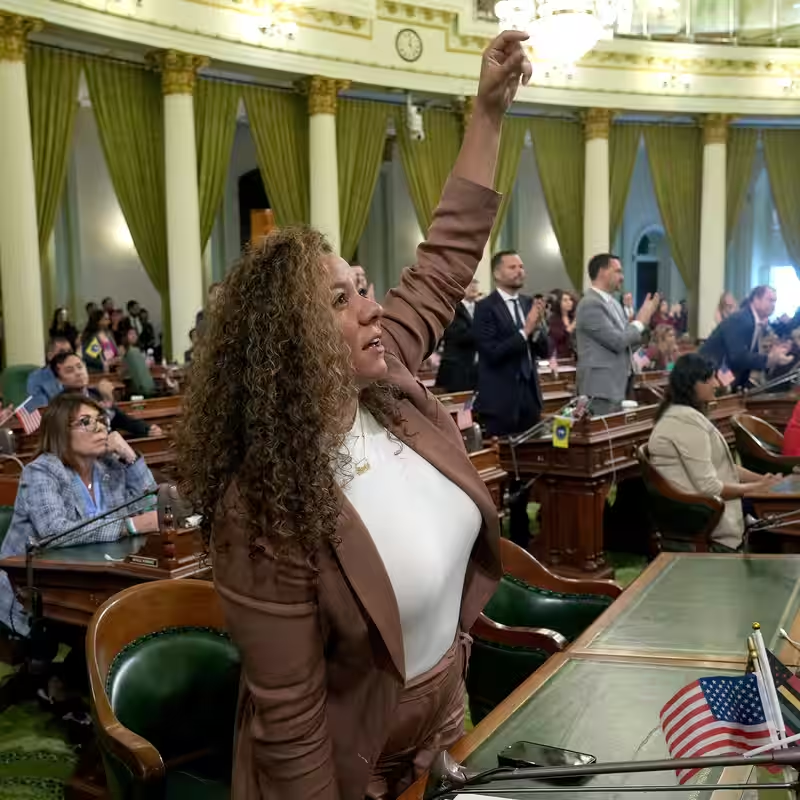Table of Contents
- What’s at Stake in California’s Nov. 4 Special Election?
- Proposition 50 Explained: A Temporary Redistricting Power Play
- Key Players: Who’s For and Against Prop 50?
- How to Vote in the Special Election
- Broader Implications for the 2026 Midterms
- Sources
What’s at Stake in California’s Nov. 4 Special Election?
Over 23 million Californians have already received mail-in ballots for a special statewide election on November 4, 2025. Unlike typical elections packed with candidates and measures, this one features just a single item on the ballot: Proposition 50—a redistricting plan that could reshape the balance of power in Washington.
At its core, Prop 50 is a direct response to aggressive Republican-led redistricting efforts in states like Texas. Spearheaded by Governor Gavin Newsom, the measure aims to redraw California’s congressional district lines to give Democrats a better shot at flipping Republican-held seats ahead of the 2026 midterms.
Proposition 50 Explained: A Temporary Redistricting Power Play
California currently sends 43 Democrats and 9 Republicans to the U.S. House of Representatives. Under the new map proposed by Prop 50, analysts estimate that up to five Republican-held districts could become winnable for Democrats.
The measure would temporarily override the state’s independent redistricting commission—established by voters in 2008 and 2010—and allow the Democratic-controlled legislature to draw new congressional boundaries for the next three election cycles (2026, 2028, and 2030). After that, the independent commission would resume its role using data from the 2030 census.
Why Now?
Newsom and fellow Democrats argue that Texas and other GOP-led states have already redrawn maps mid-decade to lock in Republican advantages. “If we don’t fight fire with fire,” Newsom said in a recent press conference, “we’ll hand Trump and his allies another two years to dismantle democracy.”
Key Players: Who’s For and Against Prop 50?
Supporters
- Governor Gavin Newsom
- California Democratic lawmakers
- Former President Barack Obama
- Former Vice President Kamala Harris
- House Democratic leadership
- Labor unions and progressive donor George Soros
Opponents
- Former Governor Arnold Schwarzenegger
- California Republican Party
- Former House Speaker Kevin McCarthy
- Rep. Kevin Kiley (R-CA), who introduced federal legislation to ban mid-decade redistricting
- Charles Munger Jr., heir to Warren Buffett’s longtime partner Charlie Munger
Notably, even traditionally nonpartisan groups like the League of Women Voters of California and Common Cause initially opposed the measure on principle—but later shifted to a neutral stance, citing the need to counter partisan gerrymandering elsewhere.
How to Vote in the Special Election
Ballots have already been mailed to all active, registered voters. Here’s how you can cast yours:
- By Mail: Return your ballot with a postmark no later than November 4.
- Drop Boxes: Available through Election Day at county locations.
- Vote Centers: Open through November 4 from 7 a.m. to 8 p.m. local time.
- Same-Day Registration: Available at vote centers for unregistered or recently moved voters (provisional ballot issued).
Voters can track their ballot’s status at wheresmyballot.sos.ca.gov.
Broader Implications for the 2026 Midterms
With the U.S. House currently hanging on a razor-thin margin, California’s 52 seats could tip the scales. If Prop 50 passes, Democrats believe they could net 3–5 additional seats in 2026—potentially enough to retake the chamber.
However, legal challenges are already underway. Republicans have filed lawsuits claiming the measure violates the state constitution’s redistricting timeline. More litigation is expected if voters approve it.
As Newsom puts it: “This isn’t about gerrymandering—it’s about survival in an era where democracy itself is on the ballot.”




